Sawdust may seem like waste material, but it can solve a lot of problems! Here are 10 clever uses for sawdust you might not have thought of!

Ugh, the dust collector is full again! I always hate dumping a huge bag of sawdust into the trash, so I started doing a little research to figure out what else I could do with those wood shavings.
Apparently, there's all sorts of uses for sawdust! It works great in your garden, as a fire starter and even as crafts. These sawdust saving tricks will make you think twice before throwing it all away!
Keep in mind that not all sawdust is suitable for all projects. Sawdust from pressure treated lumber or paint (and some wood species, like walnut) may not be safe. Also, some types of wood are unsuitable for animals, as they may be toxic. You can read more on this at OSHA's website on wood dust safety.
This post contains affiliate links for your convenience. Purchases made through these links may earn me a small commission at no additional cost to you. Please visit my disclosures page for more information.
First, here's a quick list of uses for sawdust. For more details, keep reading!
- Spill clean up
- Mulch
- Garden paths
- Crafts
- Dispose of paint
- Storing root vegetables
- Preventing slippery ice
- Fire starter
- DIY wood filler
- Compost pile
Use sawdust to clean up stains
When you spill something on your garage or workshop floor, it can be difficult to clean it up. However, if you have some sawdust around, just sprinkle it over the stain, and allow the wood shavings to absorb the liquid. Then you can sweep it off the ground!
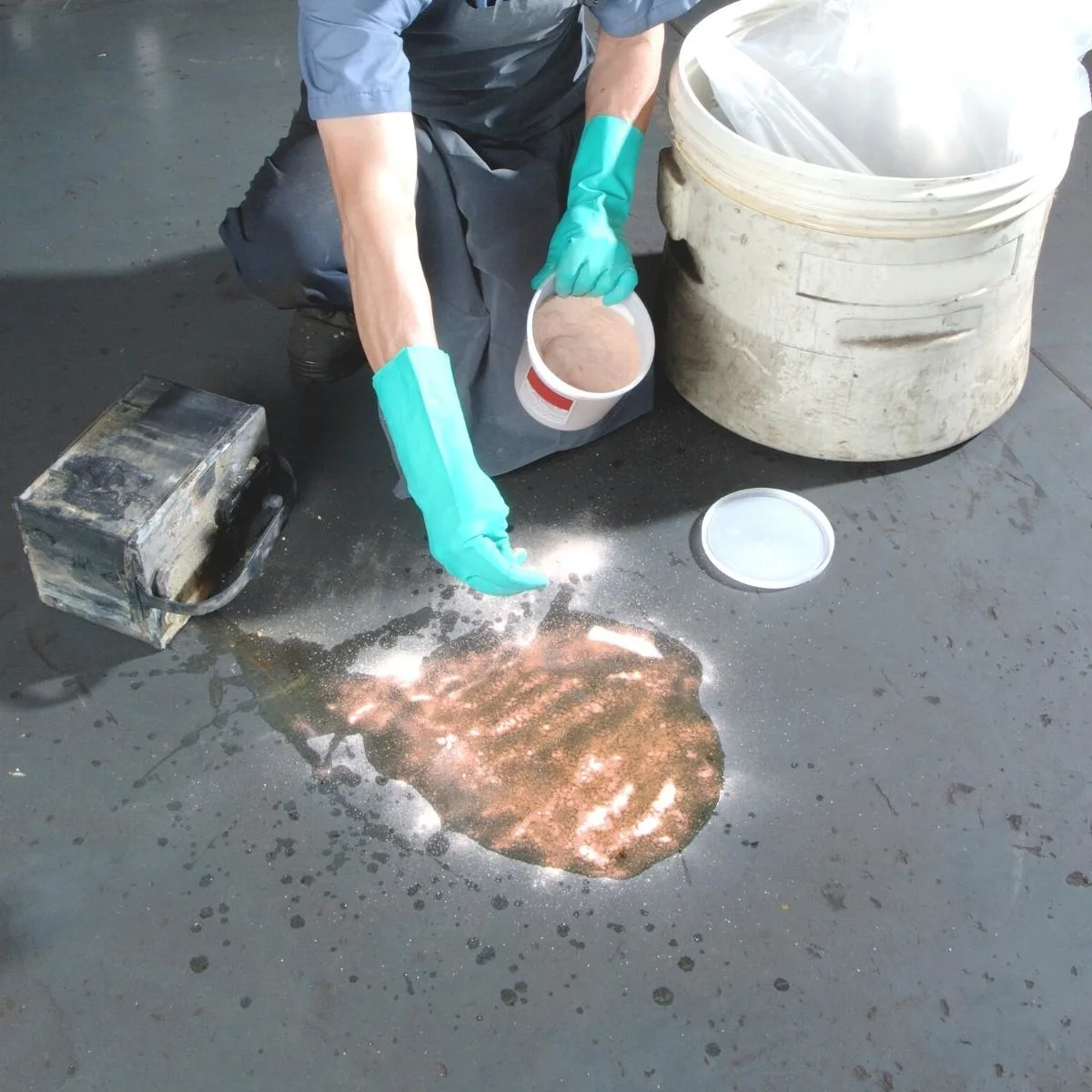
This is especially useful for soaking up oil or coolant drips from your car in the garage. Just spread the sawdust over the spot and wait for it to be absorbed!
Use sawdust for mulch
Mulch is an important aspect of garden soil and weed control. If you have some sawdust lying around, you can mix it with your regular mulch to make it last longer, or you can use it all by itself.
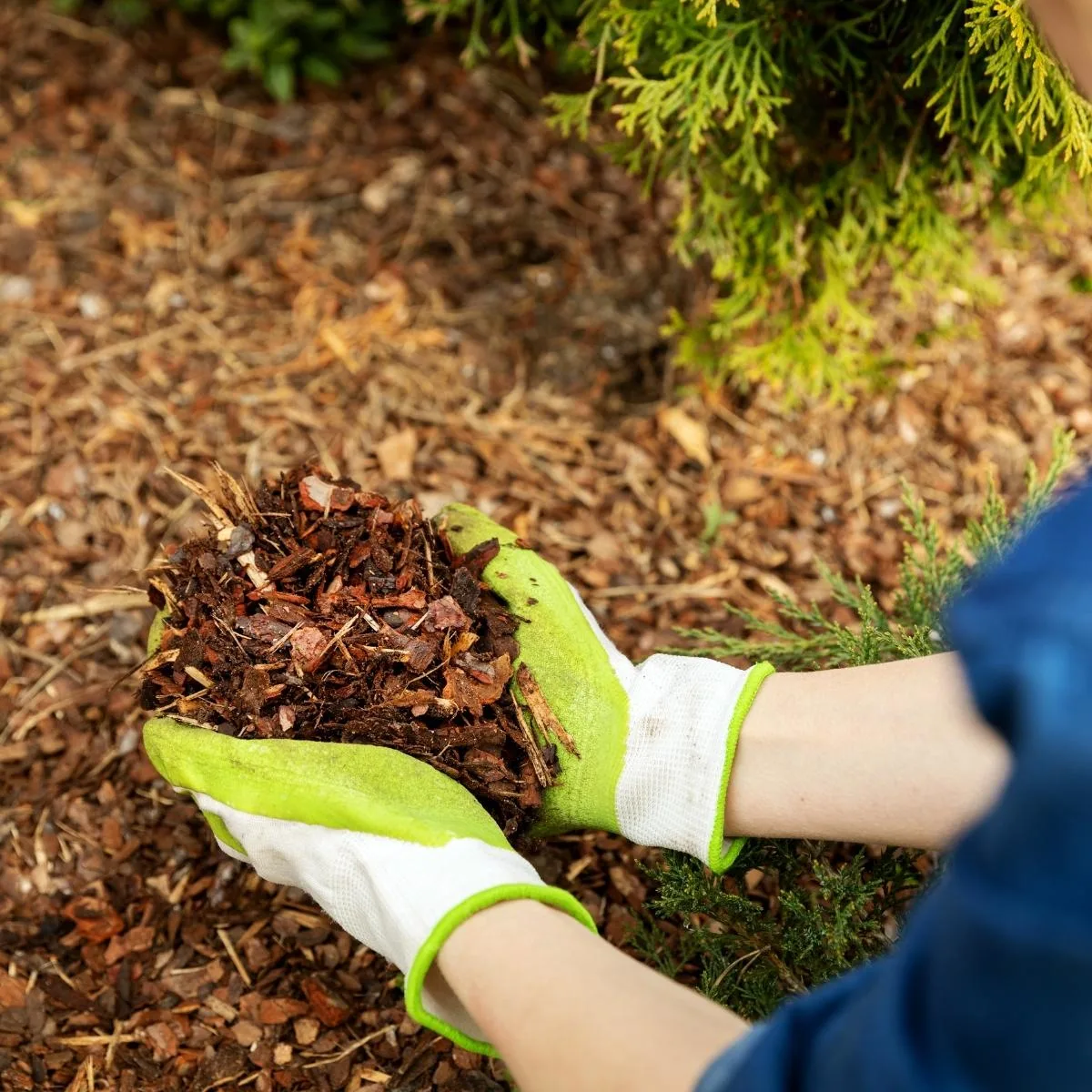
Just save your sawdust and sprinkle it around your garden or bushes as usual. Remember that the sawdust needs to be relatively clean, and you should never use treated wood sawdust for mulch!
Make a garden path
If you have a dirt path that you're trying to maintain, you can throw some sawdust on them to keep the weeds and grass from creeping in! This works for garden paths or backyard trails. If the sawdust particles are large enough, it will also help prevent the ground from becoming mushy.
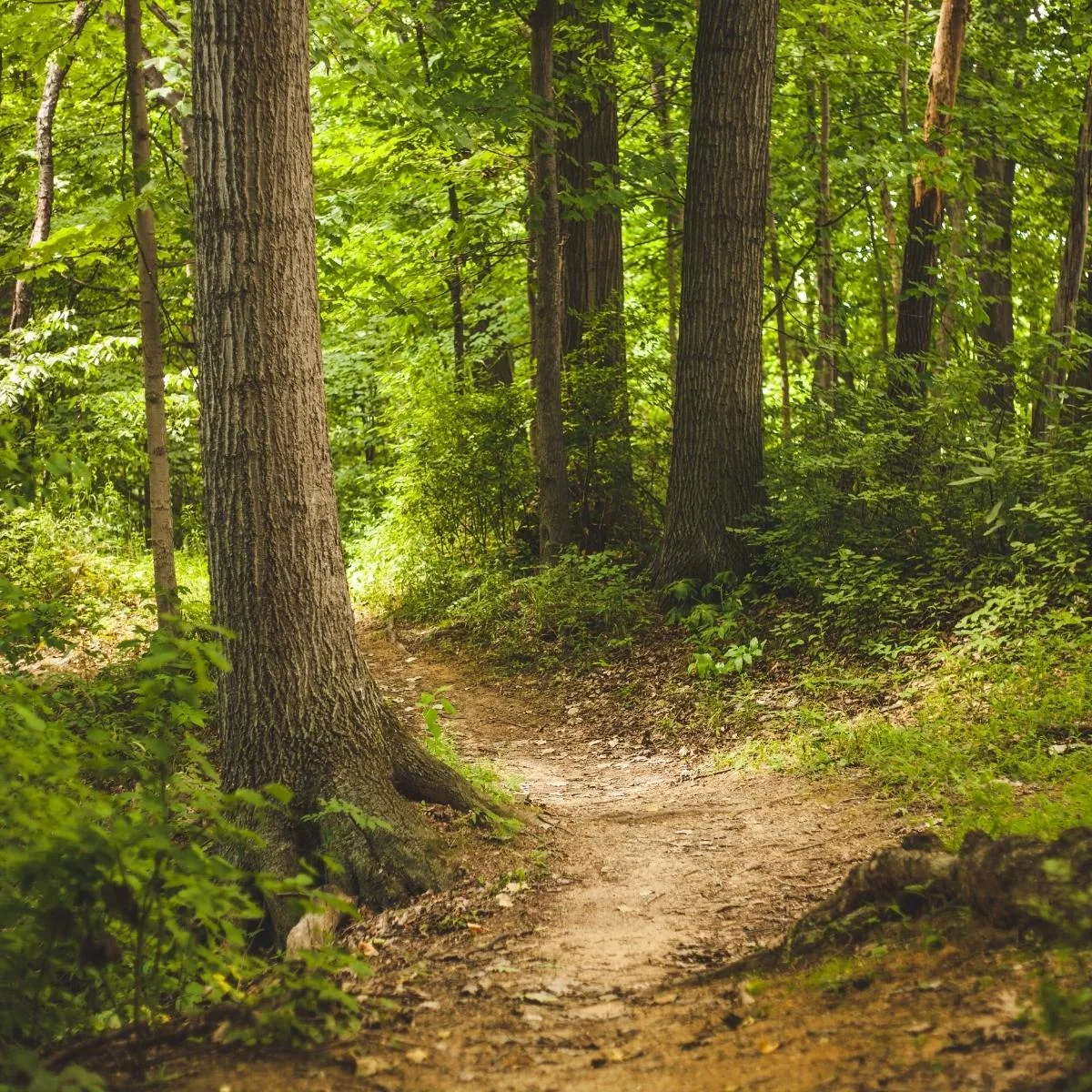
However, even if you don't want a path, you can save the sawdust to help combat squishy spots in your garden in the springtime. No one likes mud seeping into their tennis shoes while they're pulling weeds!
Wood shaving crafts
If you have pure sawdust from clean wood, you can use the fine sawdust for crafts. Some people mix it with paint in different colors to make textured foliage or snow!
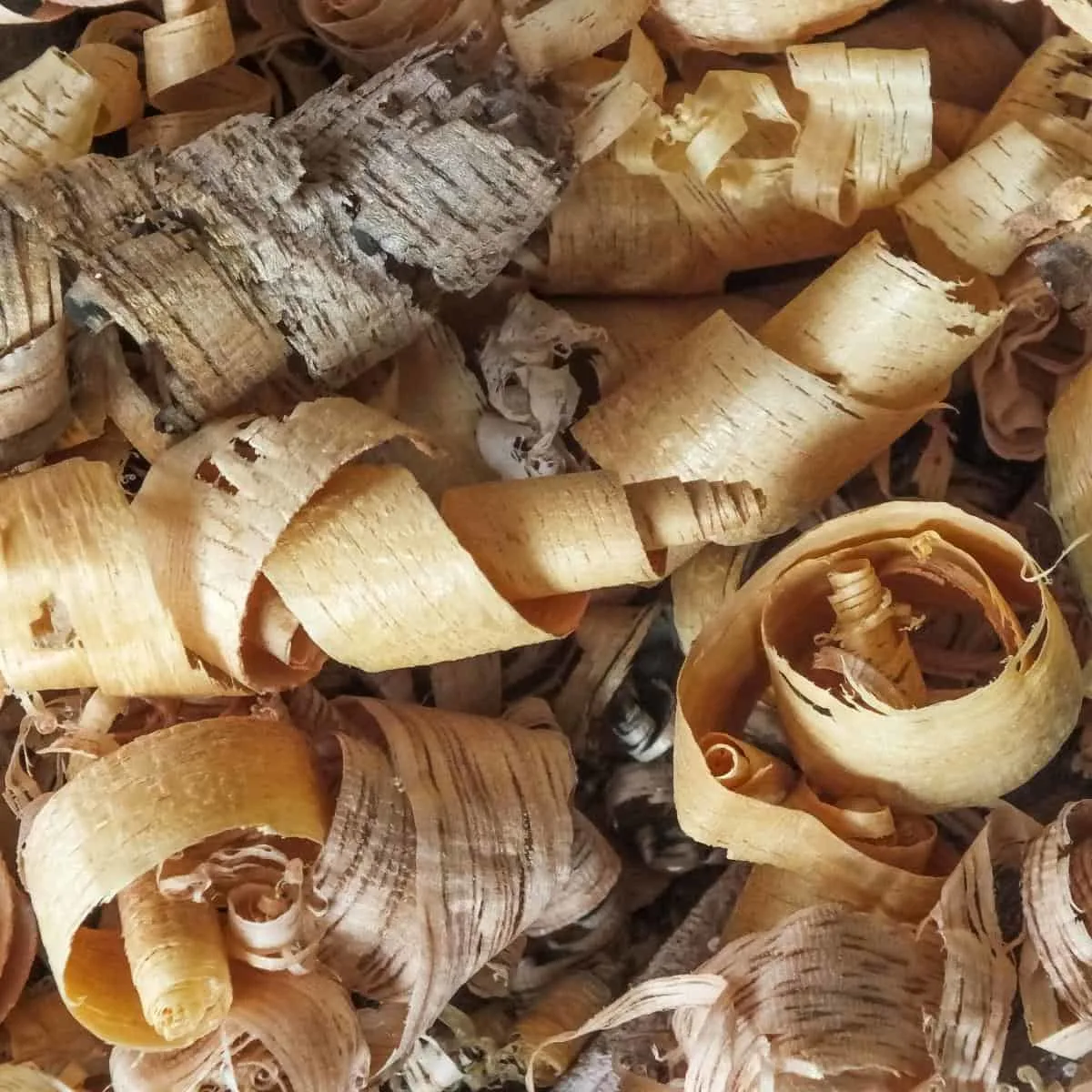
You can also collect the wood curls and shavings from your hand plane to fill clear Christmas ornaments! Use a mix of different wood species to create a unique wooden Christmas decoration for the tree.
Dispose of leftover paint
Disposing of old paint can be a process. In some areas, you're not allowed to throw away oil-based paint like regular trash. It's important to contact your local waste department for the rules on paint disposal.
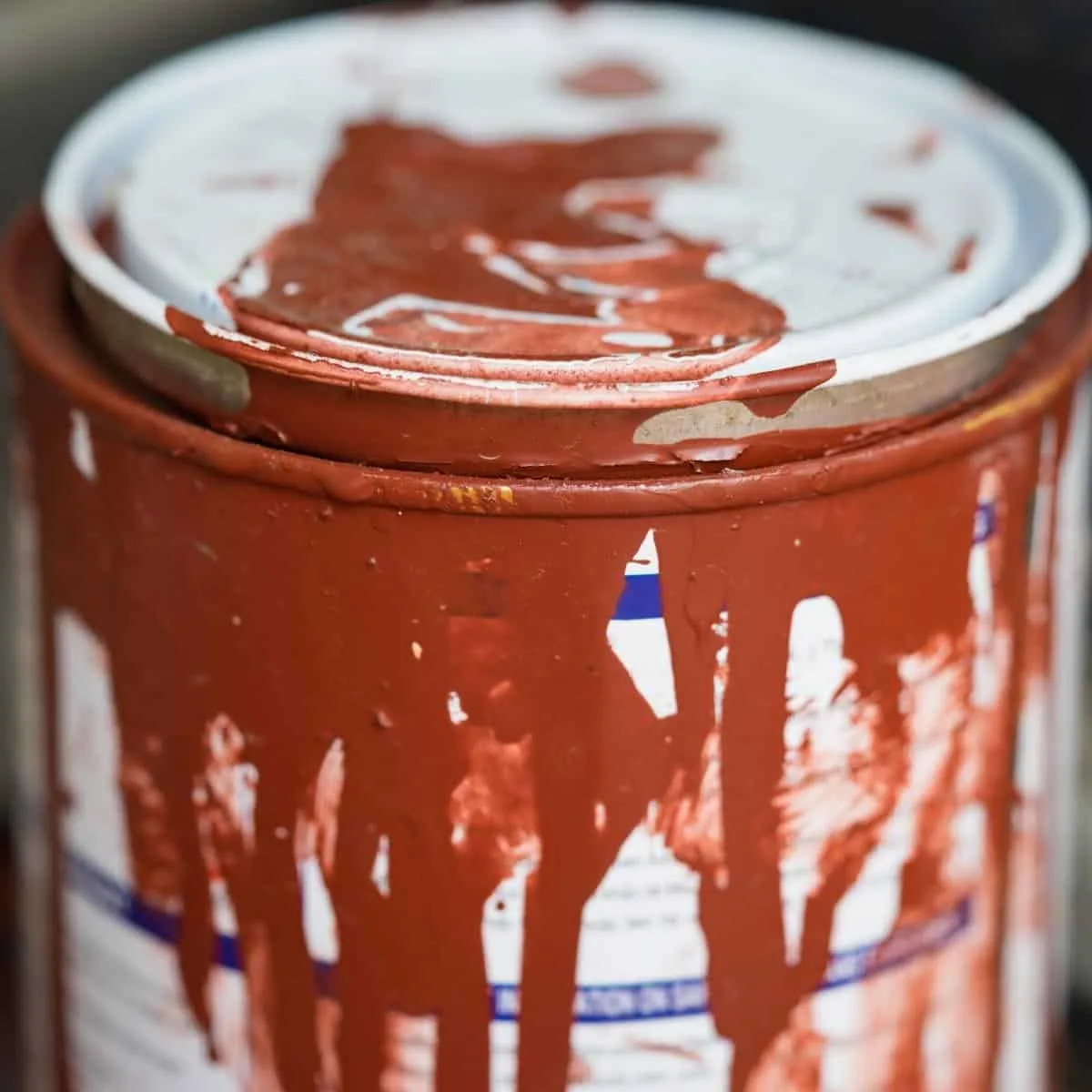
Sometimes, you can mix sawdust into the paint to help dry out the can. Then you can seal the container and throw it away. Easy!
Probably the best way to dispose of paint is to use it! Check out my article on how to store leftover paint to help avoid waste.
Storing root vegetables
If you grow potatoes, onions, or any other root vegetable, you might try using sawdust to preserve them. The roots last longer when buried under sawdust and stored in a cool and dry place.
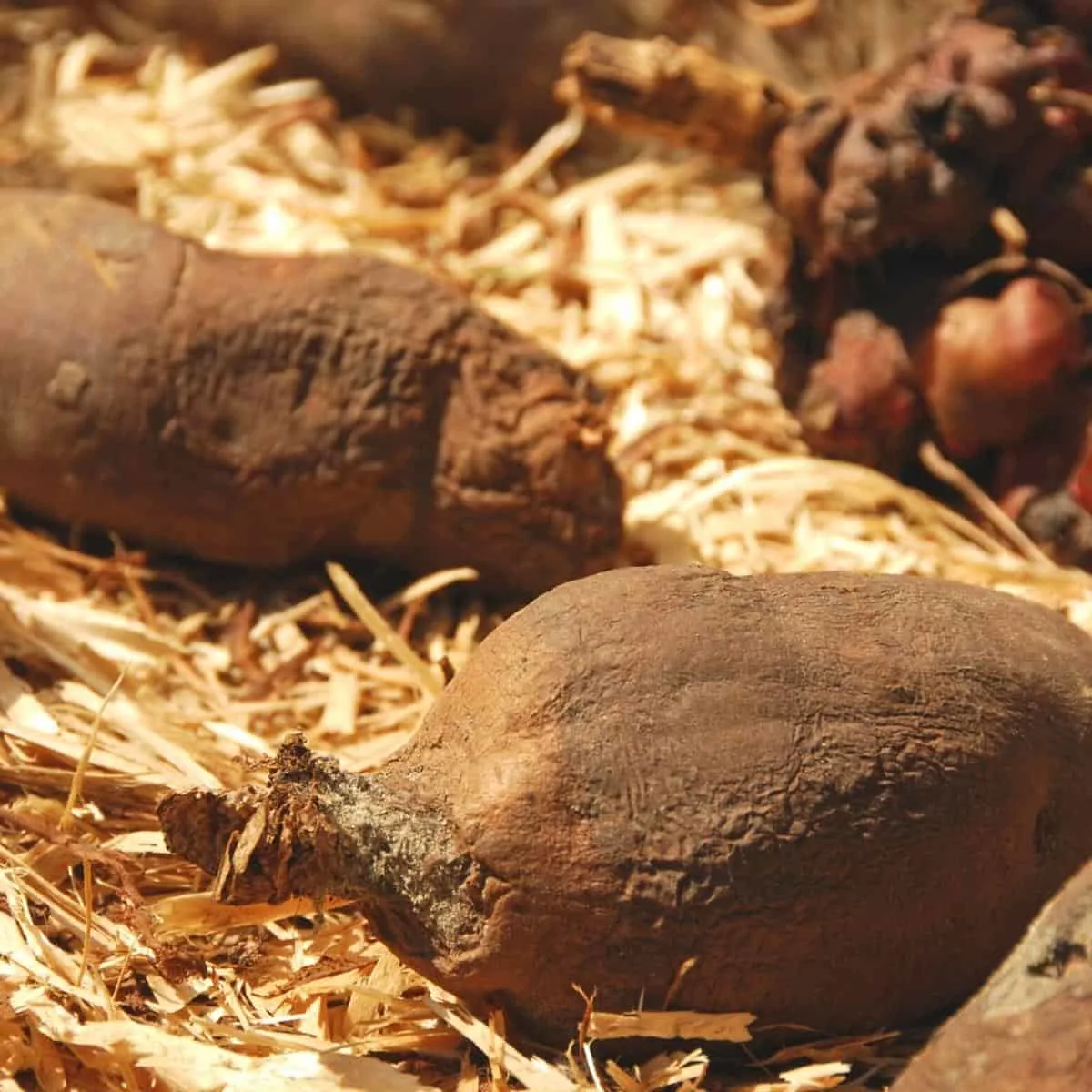
This is also a good way to store tubers, such as dahlias or irises, that you dig up from your garden if your area is too cold to keep them in the ground over the winter.
Prevent slipping on ice and snow
If you live in an area that gets snow, slush, or ice in the winter, your walkways can become a slipping hazard.
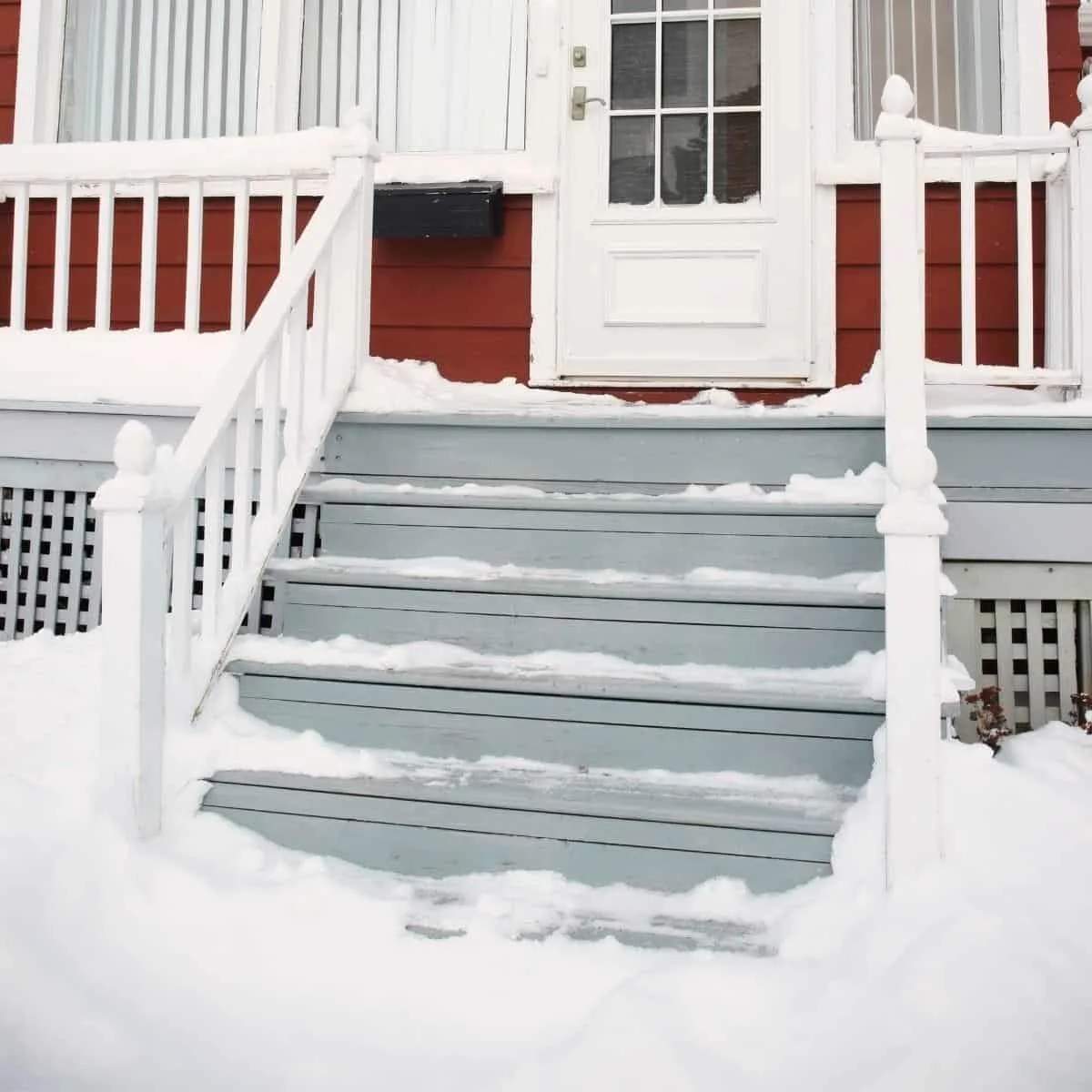
However, with sawdust, you can just throw it on the ice to prevent the sidewalk from becoming too slick! Keep that bucket of sawdust ready by the front door, and sprinkle it over the surface.
Make your own fire starter
You can mix old candle wax with sawdust and get a nice fire-starting brick. This saves you some money on pre-made versions, and it's a great thing to pack for a camping trip!
Melt the wax and then mix with compatible sawdust. Let it dry and then keep it ready for your next fire! The video below gives you a quick tutorial on how to make one yourself.
DIY wood filler
By adding sawdust to wood glue, you can make your own wood filler! If you use the same wood species as your current project, you'll get a better color match than anything you can buy in the store.
Sand your project as you normally would, but use the dust bag that came with your sander rather than hooking it up to a shop vac. Dump out the bag, then mix the sawdust with wood glue. Then spread it over any gaps and allow it to dry before sanding everything smooth.
Compost pile wood chips
If you have a compost pile, you might be able to add some of your sawdust. Ensure that the sawdust or wood shavings are biodegradable and safe for your garden before throwing it in. Walnut, in particular, contains a chemical that kills plants, so avoid that in your compost heap!
How to collect sawdust for projects
You can't use sawdust if it's just flying around in the air of your workshop! All my tools are connected to either a shop vac or a wall mounted dust collector to keep my shop clean.
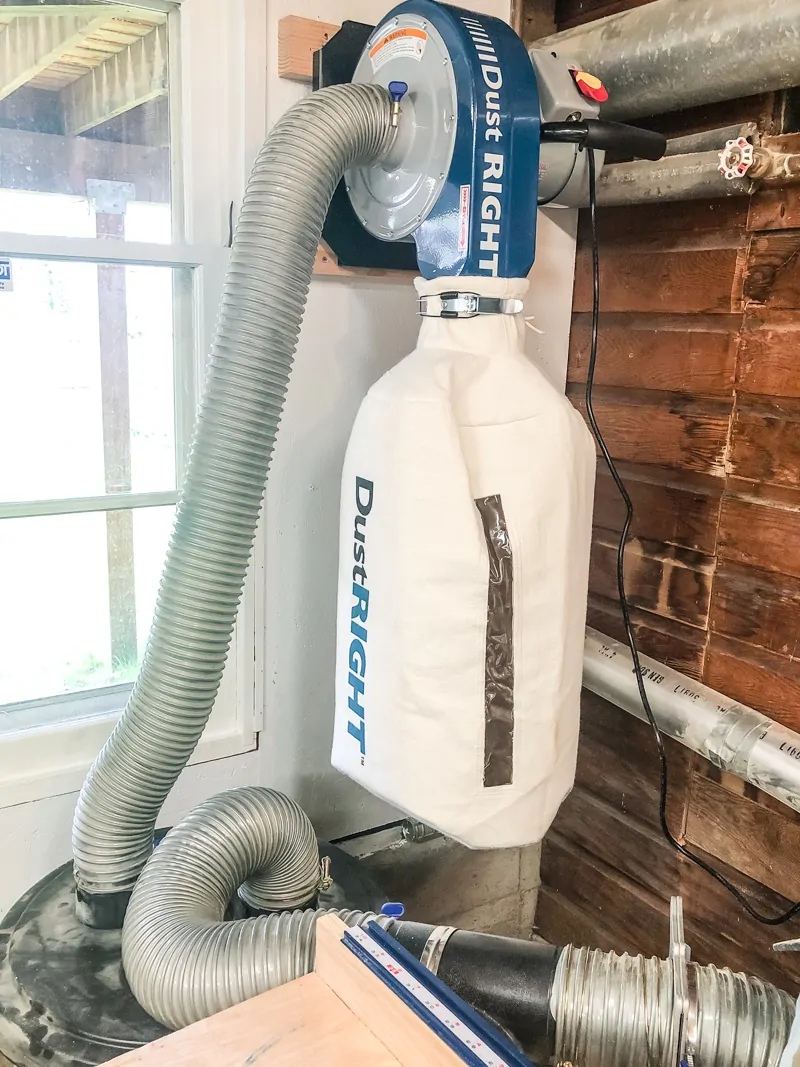
However, the next goal is to separate the good sawdust from the unusable stuff. For example, if you're cutting OSB or plywood, you probably don't want to use the resulting dust around a garden because it contains a lot of glue.
Tip: If you'd like to use sawdust but don't generate enough yourself, contact a local sawmill and ask them if they have any. However, don’t be surprised if the sawmill already has plans for their sawdust, like selling it for mulch themselves or making MDF and particleboard.
Set up a dust collection system
A good dust collection system can be a game-changer for the modern workshop. It can help clear the air and keep your projects and workshop clean! You can use a shop-vac attached to power tools to collect sawdust. With that said, much sawdust often flies into the air. How do you fix it?

First, ensure you're not using a hose that's too long or has too many turns, as this will reduce the suction. Second, think about controlling the sawdust right at the source. You can use a shield as I did with this DIY miter saw hood – it really helps contain the dust!
Sort the sawdust
You don't want to mix good sawdust with bad. If you'd like to save some sawdust from a specific piece of wood, empty the dust bag or cyclone separator first. Otherwise, you'll end up with contaminated sawdust!
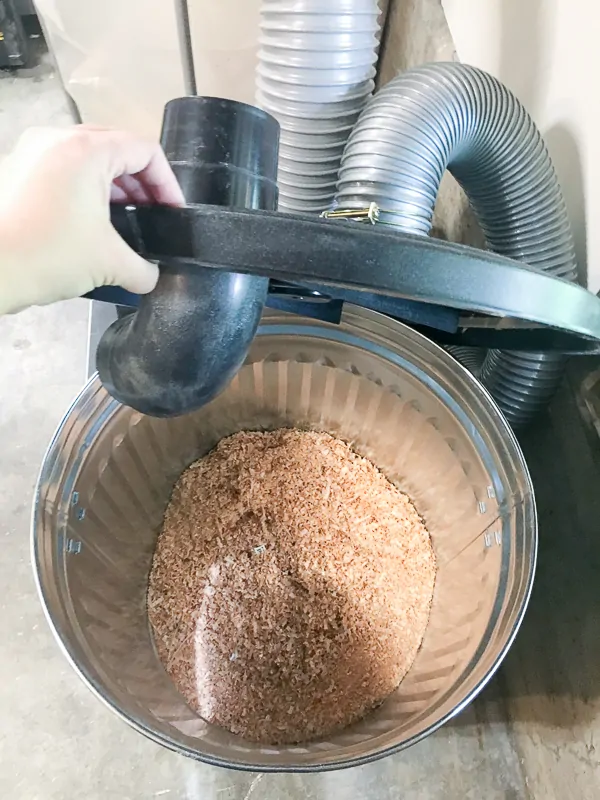
Safety concerns with sawdust
Sawdust isn’t always as safe as it may seem. Being resourceful and reusing what we can is always smart, but there are a few safety considerations to remember when using sawdust.
Sawdust and respiratory issues
As you often hear, it's important to wear a good mask and eye protection while cutting wood. Sawdust can damage your lungs, so it's not good to inhale it!
Handle fine sawdust with care. This flour-like sawdust becomes airborne very easily when agitated, even if you're just dumping out the bag. You don't want to be breathing this stuff in!
Be careful with wood shavings for animal bedding
If you have a tiny critter, you may be able to use some old sawdust as bedding. However, keep in mind that not all wood chips are suitable for pets. Be careful with walnut sawdust, as it may not be suitable for animals (walnut husks were once used as a poison to stun fish!)
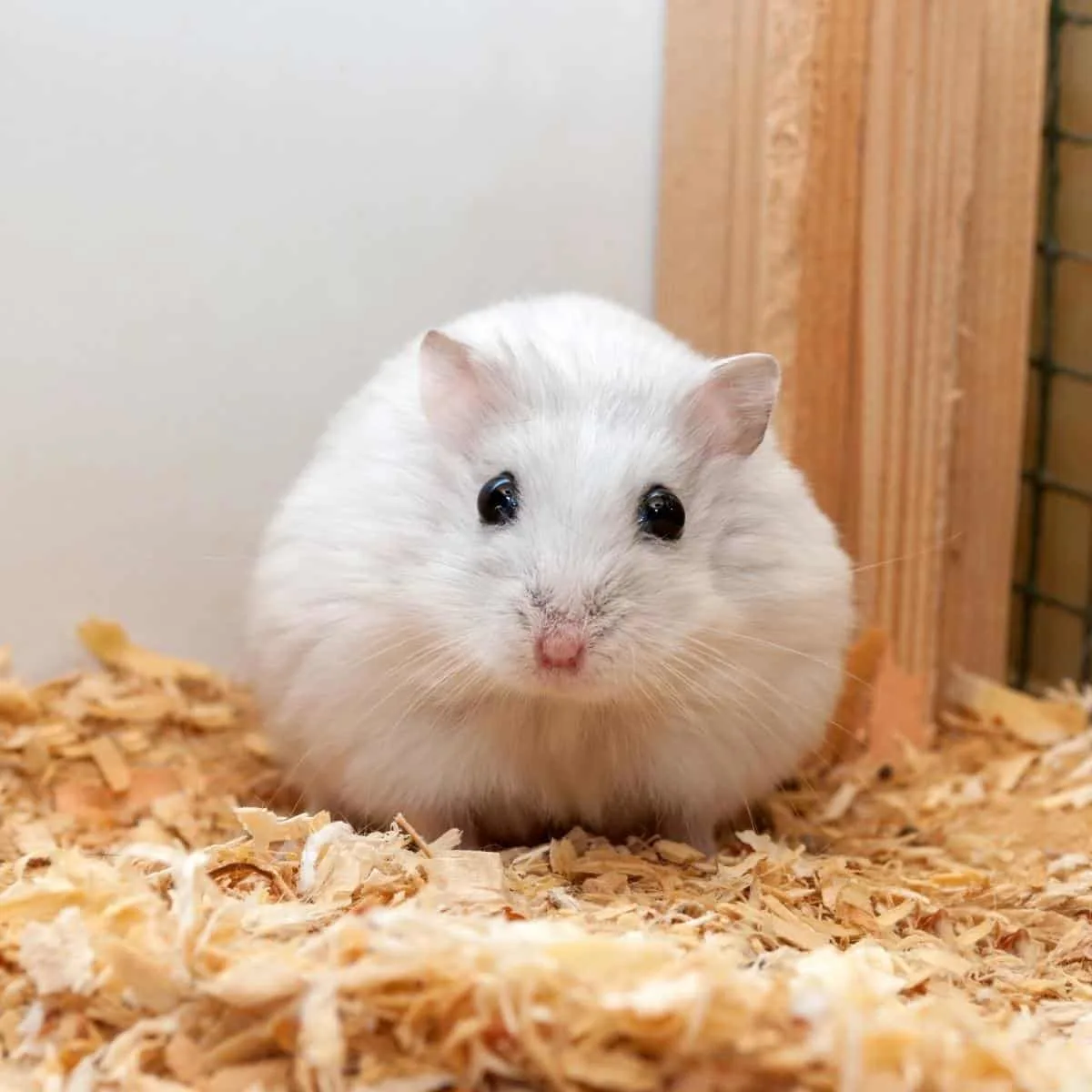
Unless you know that your pet is okay with a certain type of sawdust, steer clear of using it, as you don't want to risk harming the animal.
Wood chips from treated wood
You should generally dispose of sawdust from treated wood. Check with your local waste control. See what their rules are around disposing of sawdust from treated wood. You'll probably just throw it away if it's only a small amount.
However, if you have a lot of it, there may be specific regulations (similar to disposing oil-based paint). And you certainly don't want to burn treated sawdust!
Which of these uses for sawdust surprised you the most? I'd love to hear from you in the comments below!
Check out these other workshop ideas!


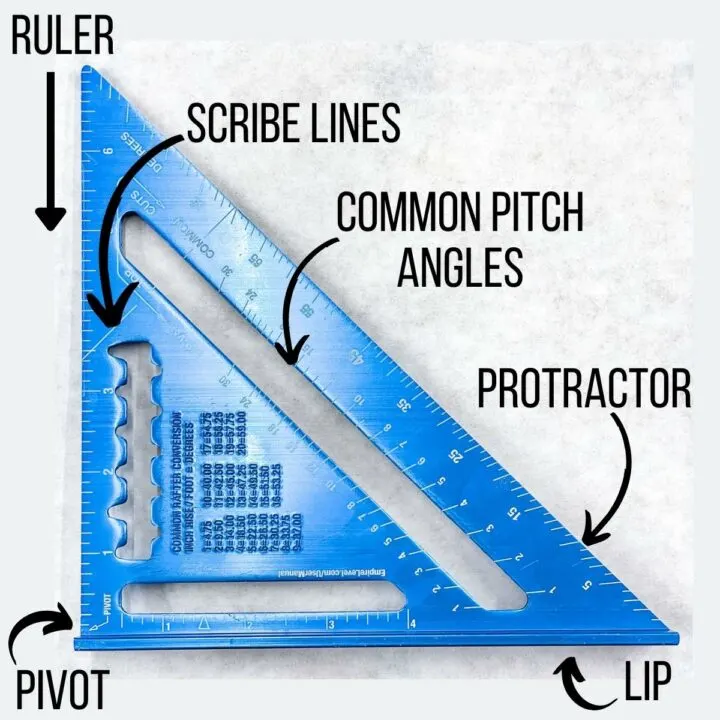
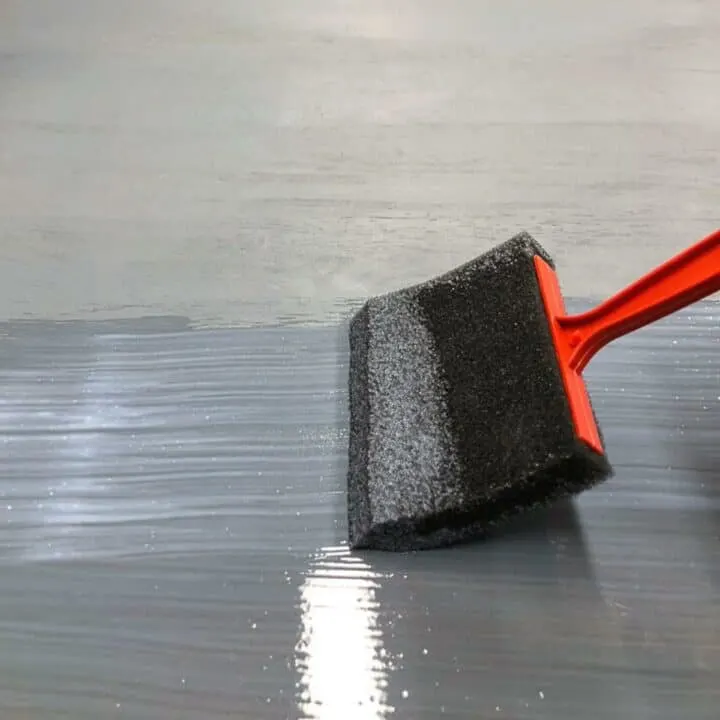
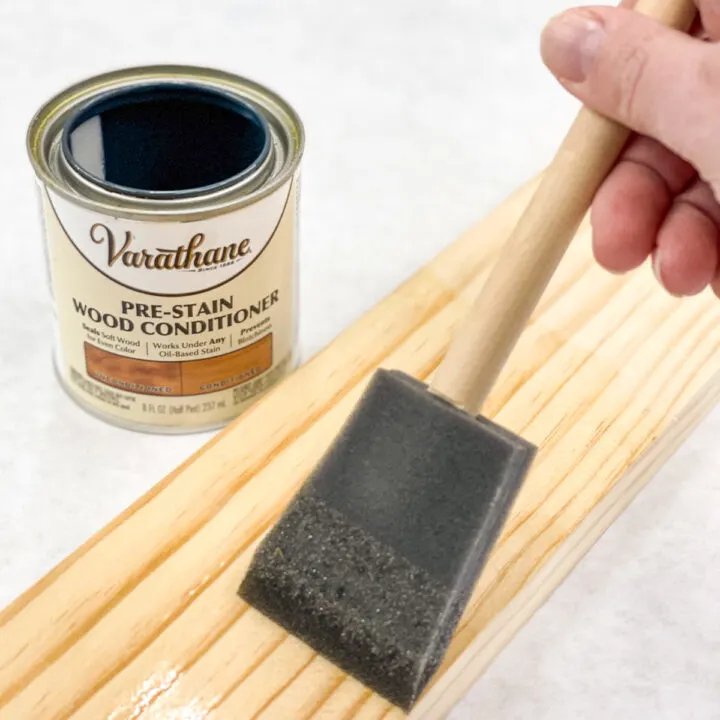
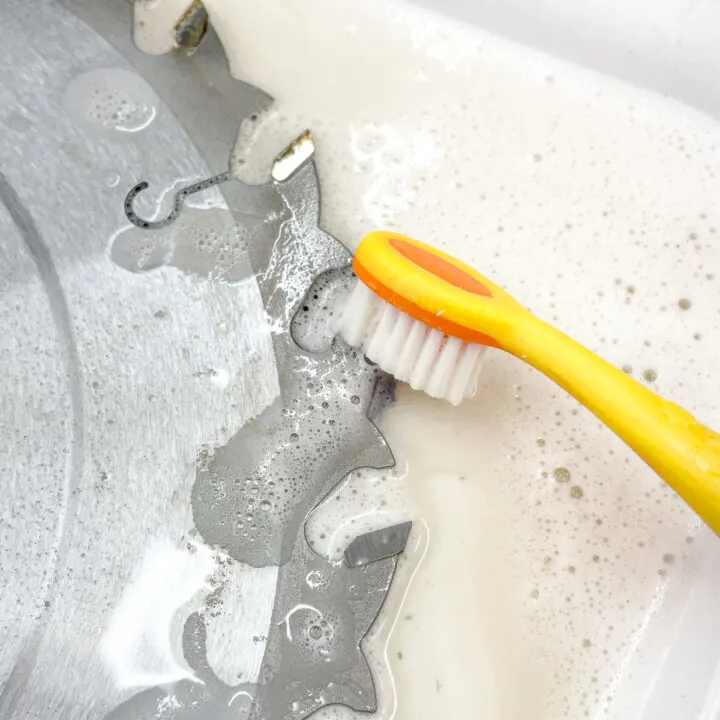
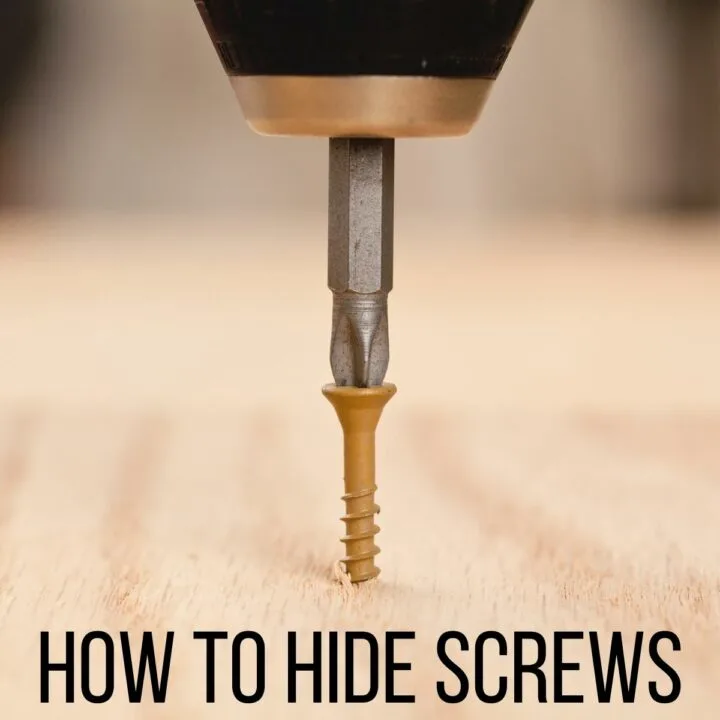
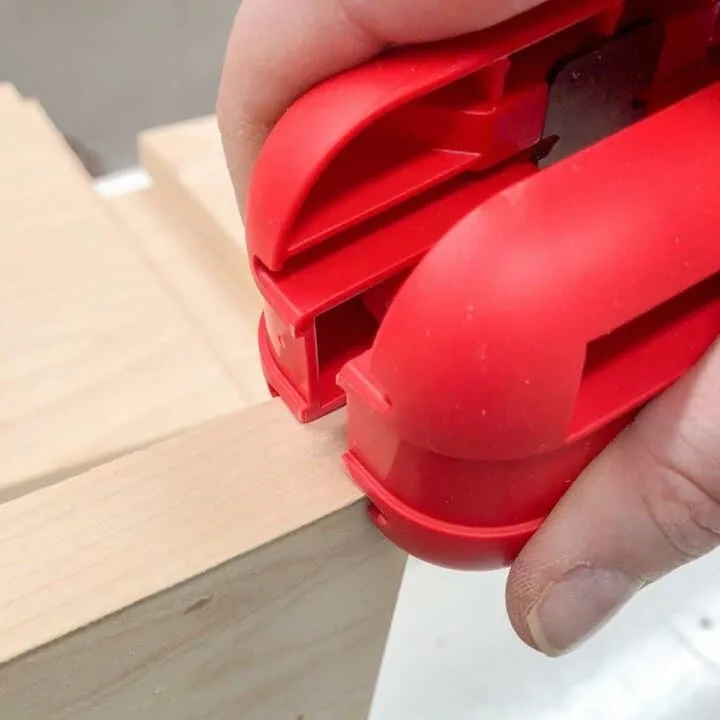
Sue
Saturday 9th of July 2022
Thanks for this list. Besides sawdust, I have a small wood chipper that I use to chip tree branches from the yard and most of the suggestions on this list will also work for the wood chips that I get from my tree branches.